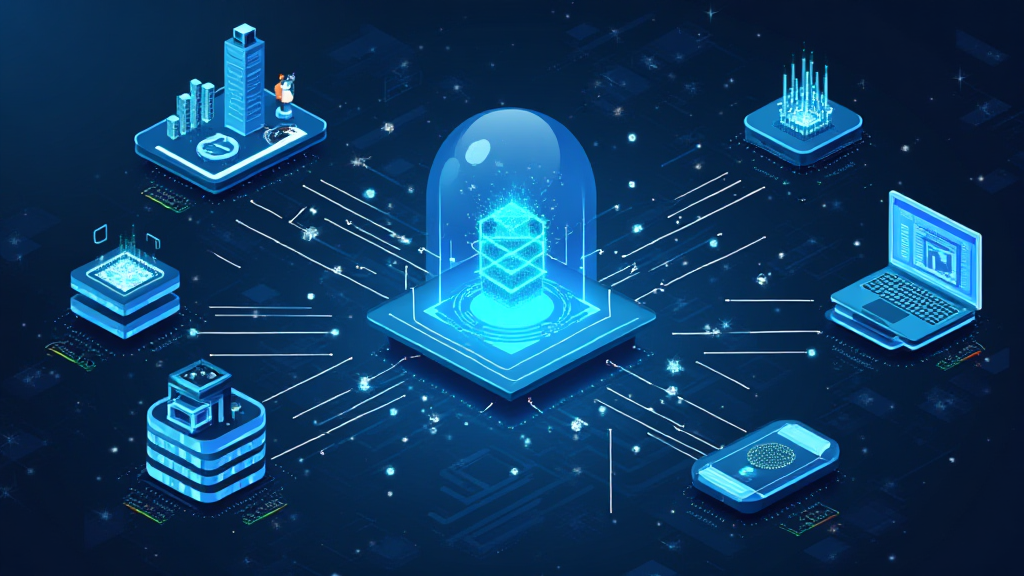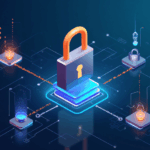Introduction
In 2024 alone, a staggering $4.1 billion was lost due to various decentralized finance (DeFi) hacks. As the crypto space grows, so does the need for effective blockchain forensic investigations to protect digital assets and enhance overall security.
This article will explore the significance of blockchain forensic investigations, shedding light on how they can be used to uncover fraudulent activities and ensure compliance among users. You will also discover best practices for engaging in digital asset security in a rapidly evolving market.
Understanding Blockchain Forensic Investigations
Blockchain forensic investigations involve the application of advanced analytical methods, tracing tools, and methodologies to scrutinize blockchain transactions. To appreciate the relevance of blockchain forensic investigations, let’s demystify the concept further.

What Makes Blockchain Different?
Blockchain technology offers a decentralized and immutable ledger system. Every transaction is recorded and cannot be altered, which can be both a strength and a weakness. While transparency enhances trust, it can also expose individuals to criminal activities.
- Blockchain‘s unique ledger system allows for transparency in transactions.
- Increased awareness of the immutable nature of blockchain helps users recognize the importance of security.
- Users must understand the balance between transparency and anonymity.
Blockchain Forensic Tools: The Workbook
Here are some of the key tools and techniques used during blockchain forensic investigations:
- **Blockchain analysis platforms**: Tools like Chainalysis and Elliptic offer robust profiling and transaction tracking capabilities.
- **Wallet monitoring**: Keeping an eye on suspicious wallets helps prevent loss of funds.
- **Investigation frameworks**: Following structured processes allows for methodical tracking of transactions.
Why Blockchain Forensic Investigations Matter
As the number of digital assets increases, the significance of blockchain forensic investigations cannot be overstated. These investigations help maintain the integrity of the blockchain and protect users from fraud.
Defending Against Crypto Fraud
Blockchain forensic investigations are akin to employing a security team to safeguard a bank vault. Here’s how they defend against fraud:
- **Identifying red flags**: The analysis helps track suspicious activities through identifying patterns or characteristics of fraudulent behavior.
- **Regulatory compliance**: Ensuring adherence to local regulations, such as proving the source of funds in transactions.
- **User safety**: Protecting everyday users by educating them about potential pitfalls and scams within the crypto space.
Real-Life Example: The Mt. Gox Incident
The infamous Mt. Gox incident exemplifies the importance of blockchain forensic investigations. Over 850,000 bitcoins were lost due to a security breach, leading to significant changes in how cryptocurrencies are regulated and secured.
By employing advanced forensic techniques, investigators were eventually able to trace and recover a portion of the stolen bitcoins, underscoring the effectiveness of these investigations.
The Future of Blockchain Forensic Investigations
As we move towards 2025, the landscape of blockchain forensic investigations is expected to evolve significantly. With growing interest in cryptocurrencies, investigations will require more sophisticated tools and techniques.
Emerging Technologies
Technological advancements will continue to shape the field of blockchain forensic investigations:
- **Artificial Intelligence**: AI will enhance data analysis, helping uncover hidden patterns in transactions more efficiently.
- **Machine Learning**: This will enable better prediction of fraudulent behaviors based on historical data.
- **Improved Compliance Tools**: New regulations will necessitate the development of better tools for tracking and reporting suspicious activities.
Implementing Best Practices in Forensic Investigations
To ensure effective blockchain forensic investigations, individuals and organizations should adhere to the following best practices:
- **Invest in Quality Tools**: Use reputable forensic tools to ensure thorough investigations.
- **Continuous Education**: Keeping up with the latest trends and techniques is vital for effective investigations.
- **Collaborate with Experts**: Building partnerships with forensic analysts and law enforcement can lead to better outcomes.
Conclusion
In the ever-evolving world of digital assets, understanding the importance of blockchain forensic investigations is essential for safeguarding against security threats. As blockchain technology continues to develop, embracing effective forensic measures, tools, and best practices will protect digital assets and ensure compliance.
As a digital asset user, keeping informed about forensic investigations will help you navigate the evolving landscape more safely. The key takeaway is to treat your assets with the same care and consideration you would for fiat currency. By familiarizing yourself with these practices, you can be an informed participant in the crypto economy.
For more insights, visit hibt.com for in-depth resources on digital asset protection.
Not financial advice. Consult local regulators for further guidance.




